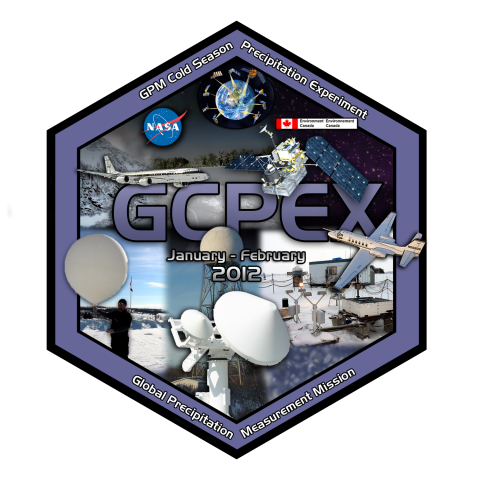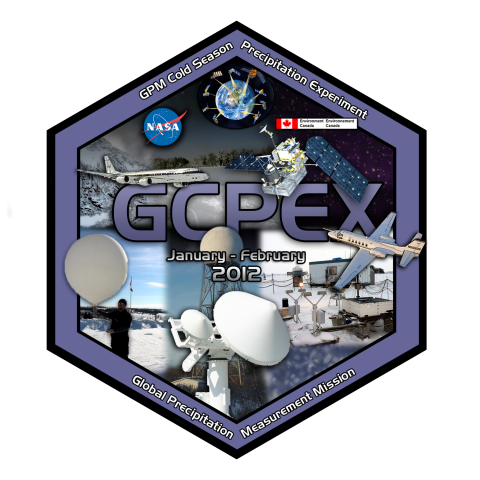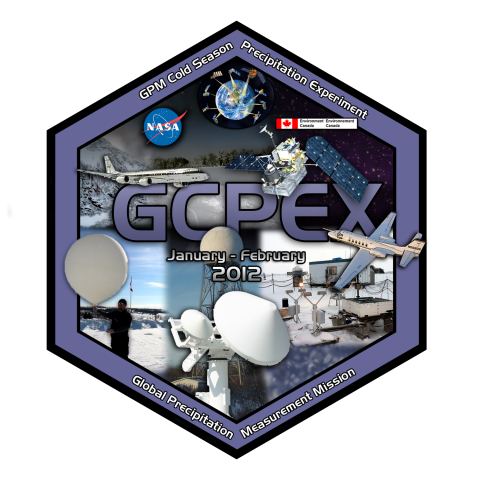
GHRC published the GPM Ground Validation Total Precipitation Sensor (HotPlate) GCPEx dataset which provides a measure of the liquid precipitation rate and accumulation for snow. Additional data includes measurements of temperature, wind speed, relative humidity, pressure, solar and infrared radiation flux. These were gathered during the GPM Cold-season Precipitation Experiment (GCPEx) at Environment Canada’s Centre for Atmospheric Research Experiments (CARE) and SkyDive sites in Ontario, Canada during November 2011- February 2012.









